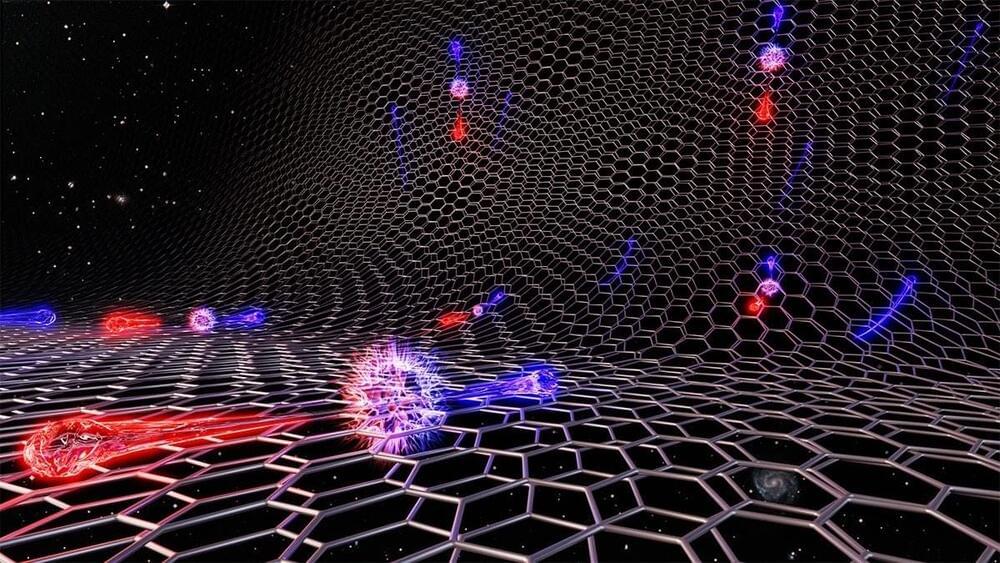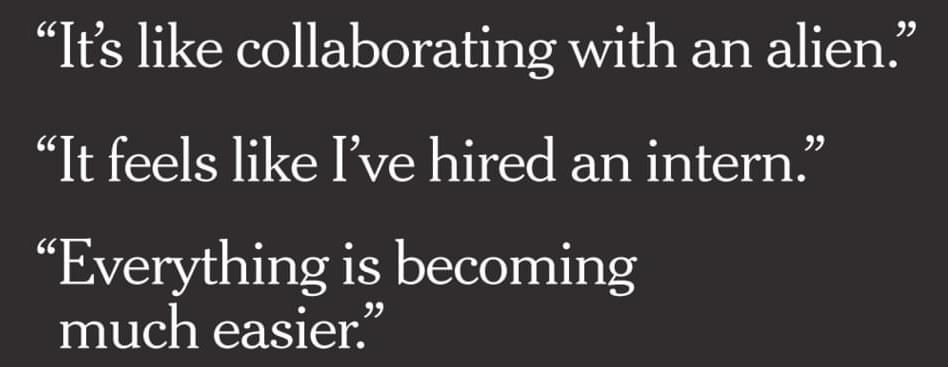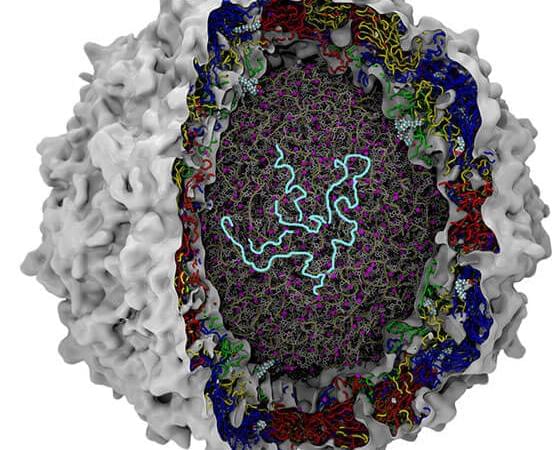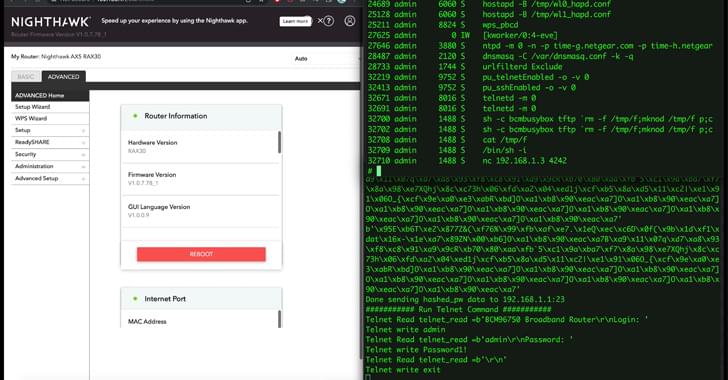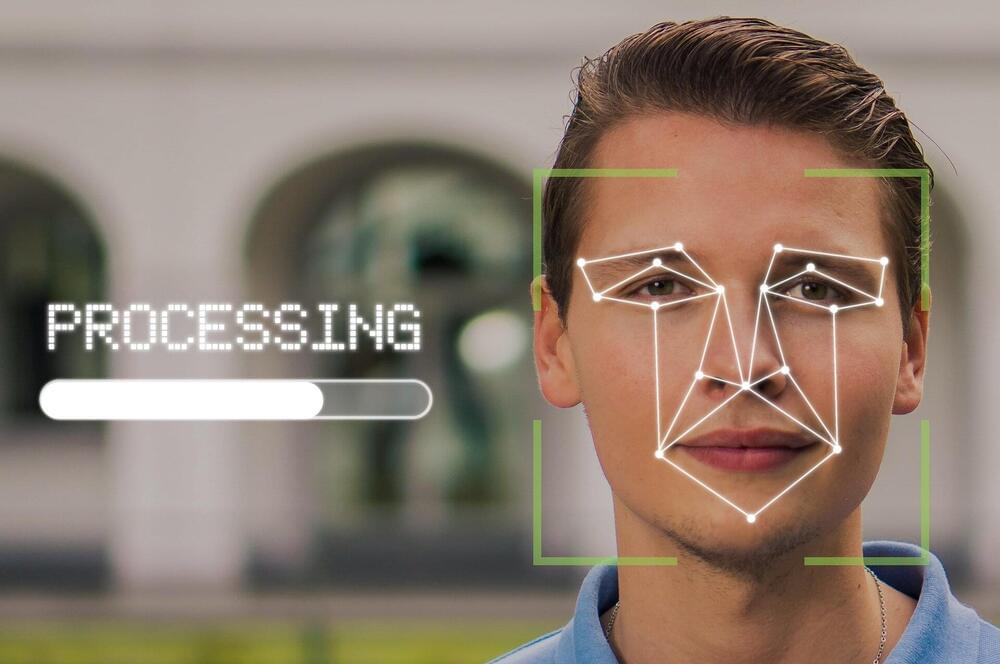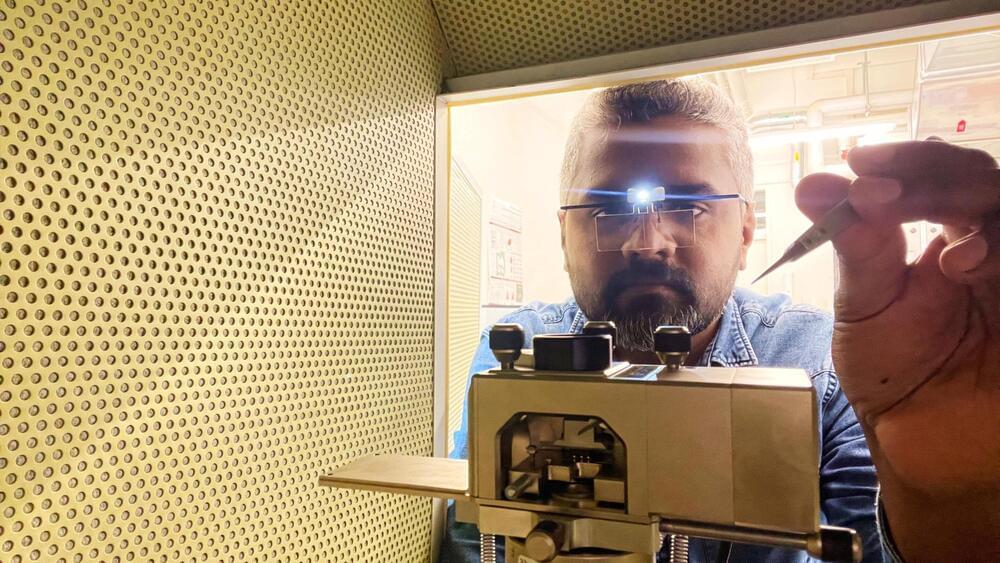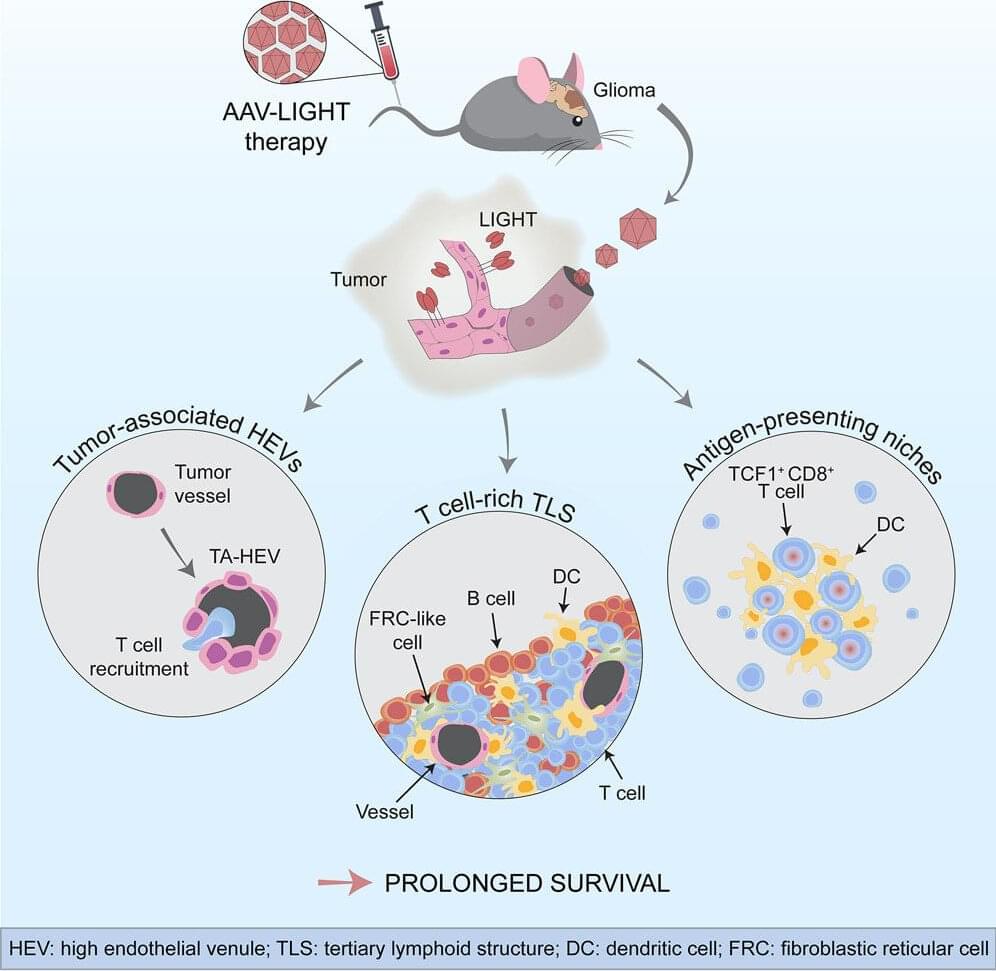Two specialized researchers, one with the Leibniz-Institut für Wissensmedien (the Knowledge Media Research Center), the other with the Applied Face Cognition Lab at the University of Lausanne, have validated reports that some people have super-recognizing abilities. In their study, reported in Proceedings of the National Academy of Sciences, Maren Mayer and Meike Ramon analyzed data from eyewitnesses of ongoing bank robberies in Fribourg, Switzerland, helping to identify two suspects.
Anecdotal evidence and reports from multiple criminal tracking organizations have suggested that some people can recognize another person’s face with high accuracy after time has elapsed, even after seeing a face for just a few seconds. Such people have become known by police officials as super-recognizers (SRs). But as the researchers with this new effort noted, little if any research has sought to verify that self-described SRs or those described as such by others, do indeed have such abilities.
Mayer and Ramon were not actively seeking to test the skill of SRs. They were approached by officials from the Cantonal Criminal Police of Fribourg looking for help in solving robberies that had been captured on video.

